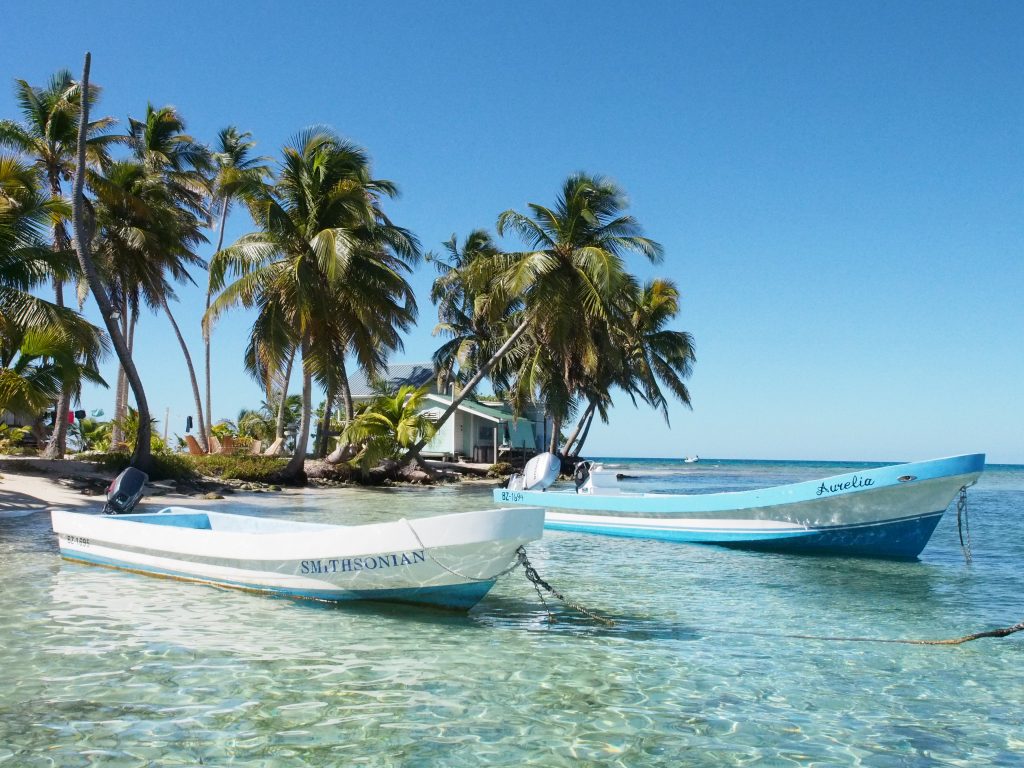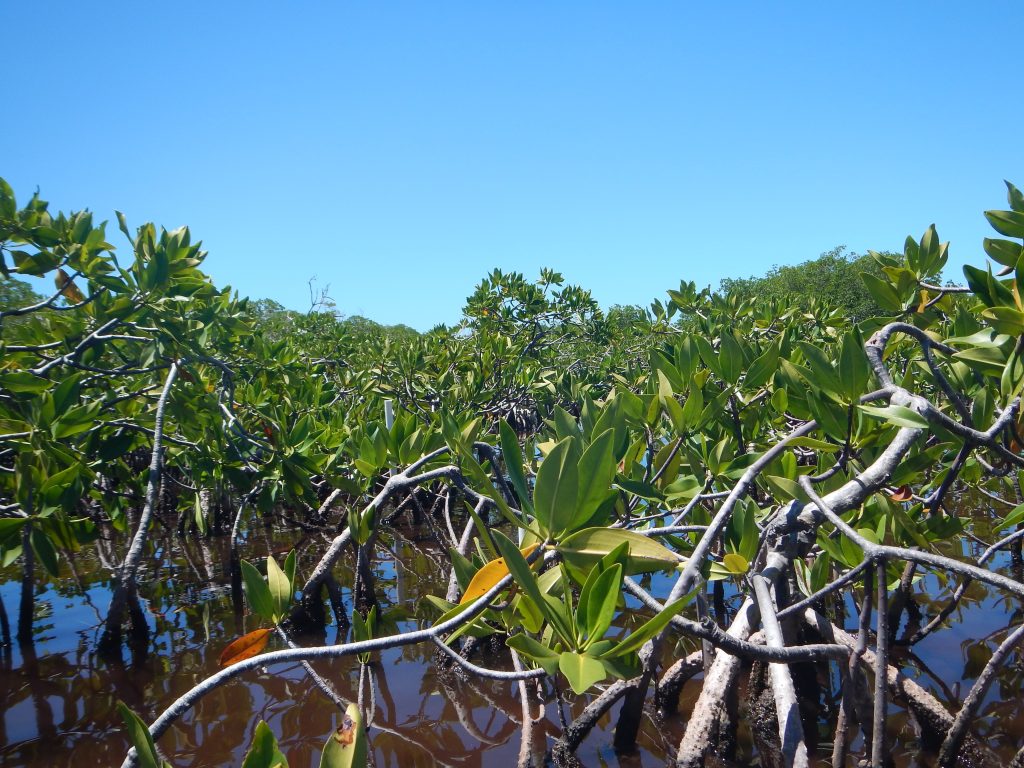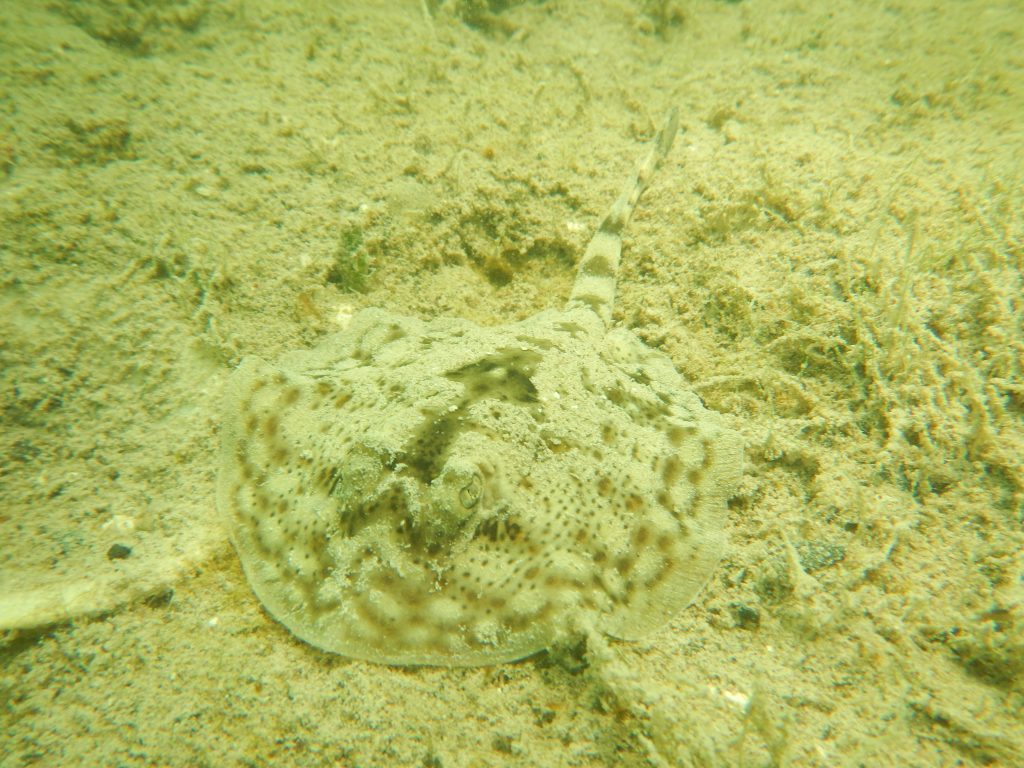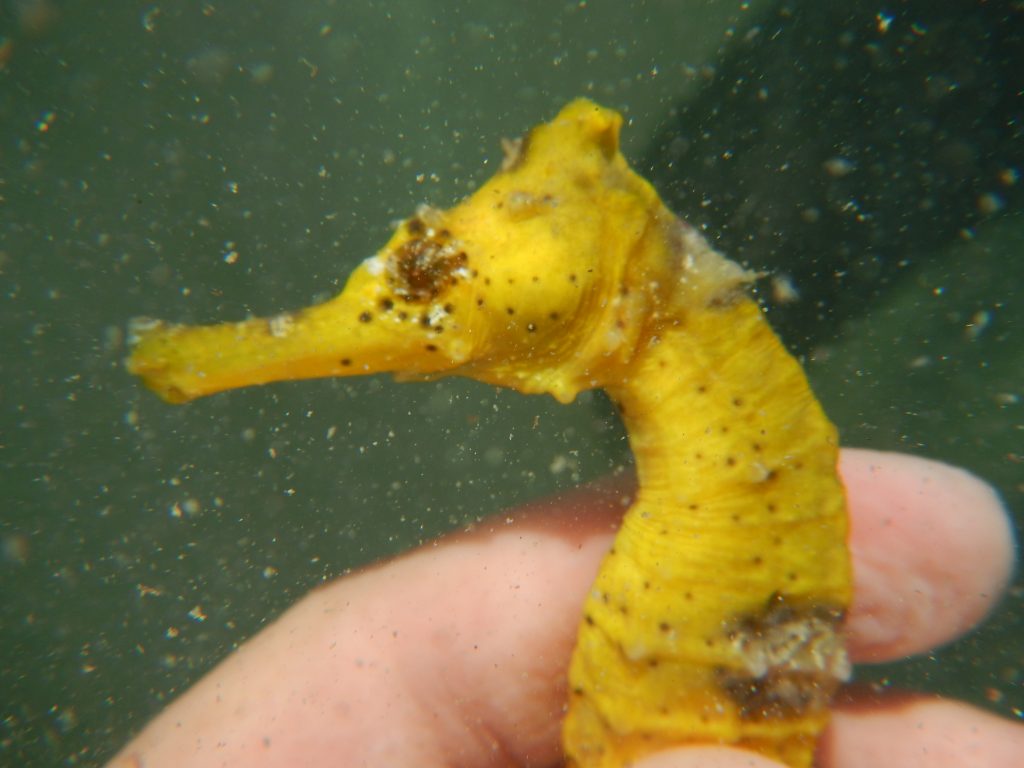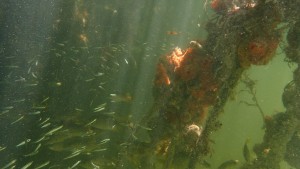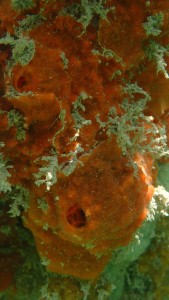Ever since the plane touched down in Belize, I’ve been craving a fresh coconut. Now at Glover’s Reef, I’m a tree’s length away from complete happiness. As soon as we hopped off the boat, my eyes bounced from the nurse shark swimming under the deck to the mangroves lining the island to the coconut tree towering above the deck. I set down my bags and hugged the tree, trying to inch my body up. I tried a running start. I tried throwing pieces of dried coral at the coconuts. Nothing. Luckily, there were some old coconuts lying around on the ground. My friends came over to help, feeling the same coconut craving. We tried pounding the coconut with a conch shell. We tried throwing the coconut hard onto the sand. We tried banging the coconut on the edge of a cement stair. Luckily, this finally made a dent, and the warm, probably fermented, water dripped out for everyone to get a taste.
TRS_0001 (Climbing for Coco – 05/24/25)
Our class regrouped in the central hammock area for a tour of the island (we – and the crabs – have the whole island to ourselves!). We walked through a trail lined with sand lilies and dotted with crabs and discovered a bowl of fresh mangos in the dining area. Nothing can beat the fresh fruit, marine biodiversity, and sea breeze of this little island. The only parts that will take some getting used to are Clivus, the composting toilet (a glorified porta potty,) and the jumping, biting sand flies.
(The Crabs’ Island – 05/24/25)
(Clivus – 05/26/28)
The self-sufficient ecosystem here is incredible. Because the soil is sandy (it can’t hold freshwater) and saltwater constantly washes over the island during storms, the only vegetation that can grow here is the hardiest, most saline-tolerant, and undemanding plant, like a mangrove. Around the island, baby mangroves continue to take root and expand the island just for storms to shrink it back down – the island– it’s a never-ending struggle.
(Baby Mangrove – 05/24/25)
I love hanging my feet off the deck and watching marine animals swim through the clear water. Before dinner, the whole class sat down on the dock in a line, identifying a school of bonefish and needlefish while breathing in the salty calmness. We’re all super excited to get past the dock and into the water tomorrow! After we get comfortable in our gear, we’ll boat to our “open aquarium” (the reef) where I’m really hoping to be able to identify some sponges, see parrotfish gnawing at coral, and experience the vibrant ecosystem.
(Relaxing by the Dock – 05/24/25)
Peace,
Lily H. 🙂













 Here’s on of the starfish we found!
Here’s on of the starfish we found!
